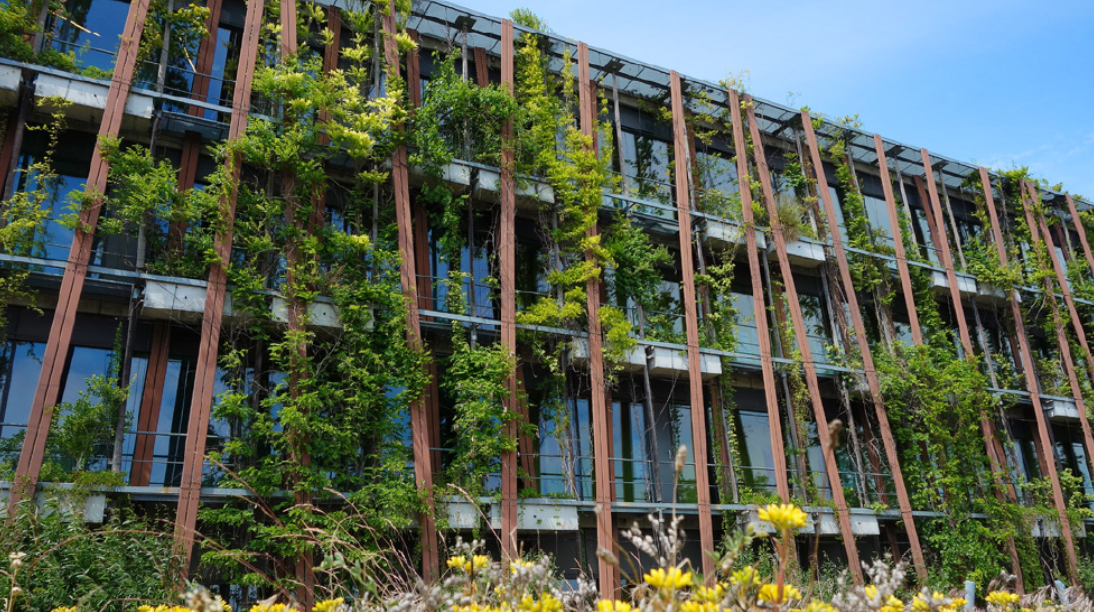
The Biotope Area Factor (BAF, Biotopflächenfaktor) is an urban planning instrument that provides clear but flexible guidelines for developers, architects and designers about how much of new building areas needs to to be left as green space (including e.g. courtyards, roofs and walls). The regulation was developed by the Berlin Senate Department for the Environment, Mobility, Climate and Consumer Protection in 1994 as a part of a larger set of documents relating to landscape planning, design and species protection in order to encourage more green space in densely built urban areas. Objectives include improving the microclimate, combating urban heat islands, sustainable drainage and reduction of runoff, improvement of natural habitats and enhancement of the quality of residential environments. The Biotope Area Factor is calculated by taking the ecologically effective areas divided by the total land area. On almost 5 % of the city's area, binding BAF targets have already been set as legal ordinances in 15 BAF landscape plans, and a further 10 are in the process of being drawn up. Use of the BAF is ongoing.
